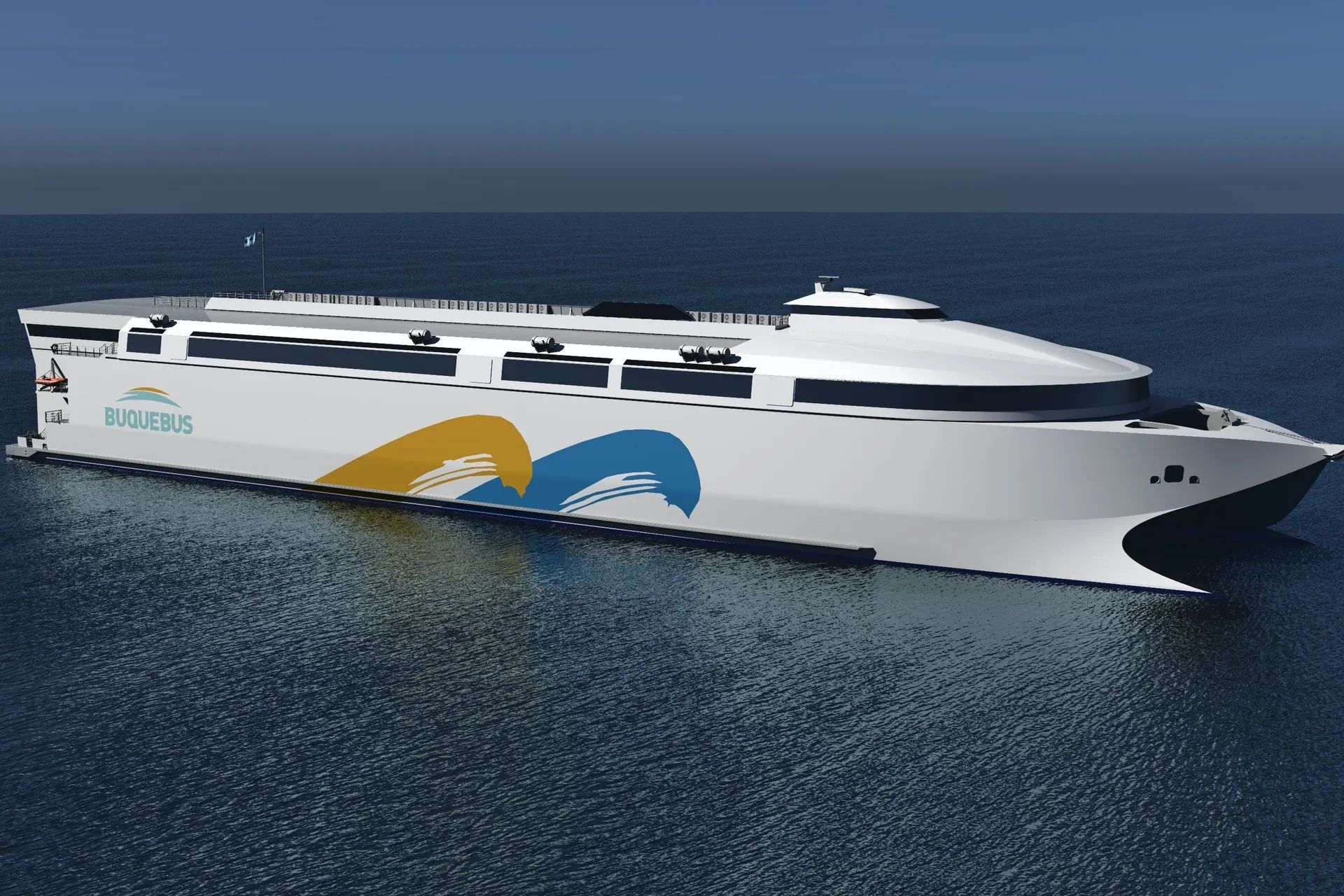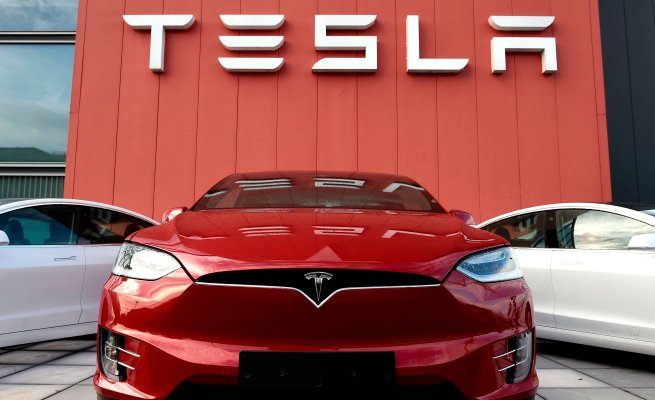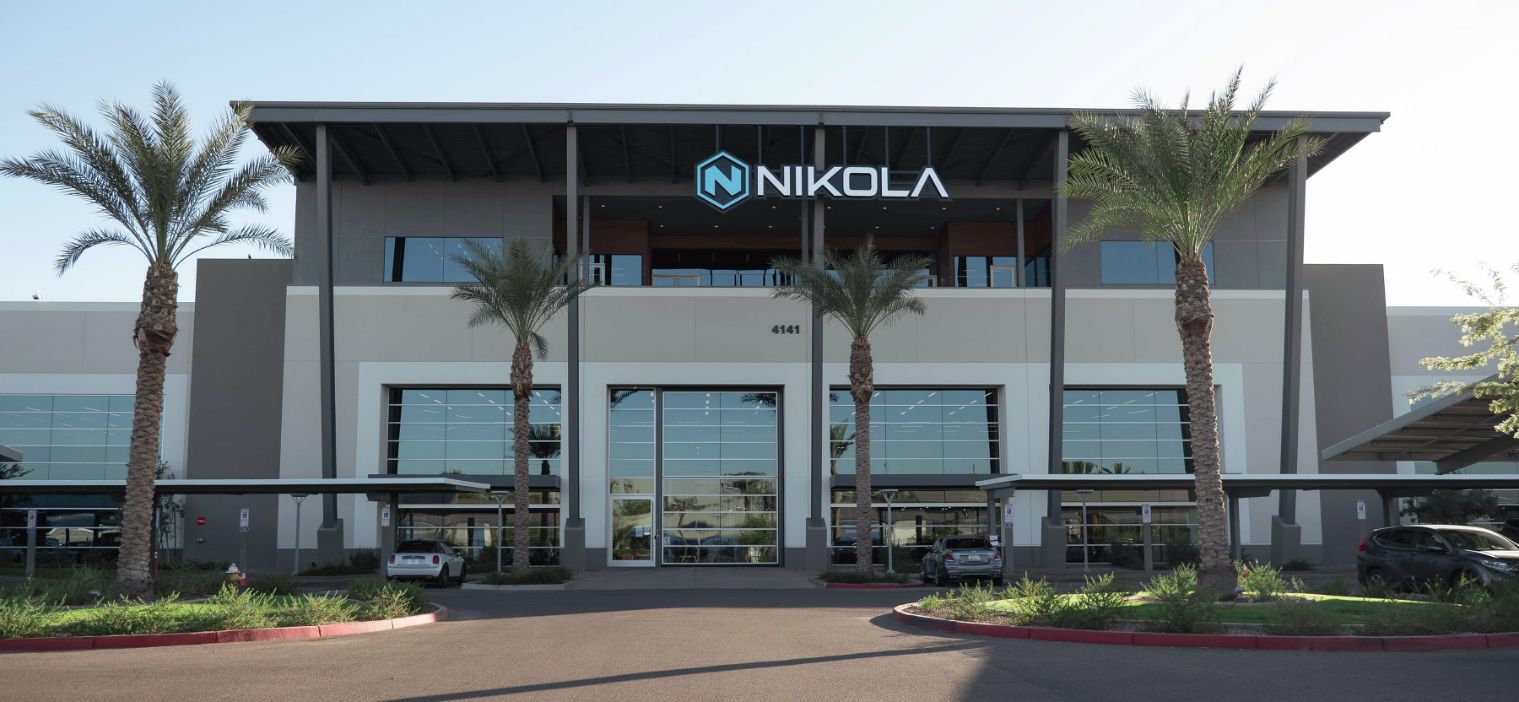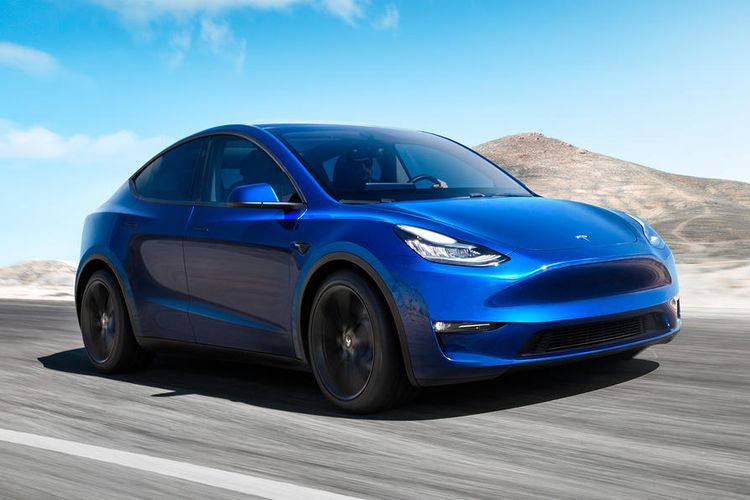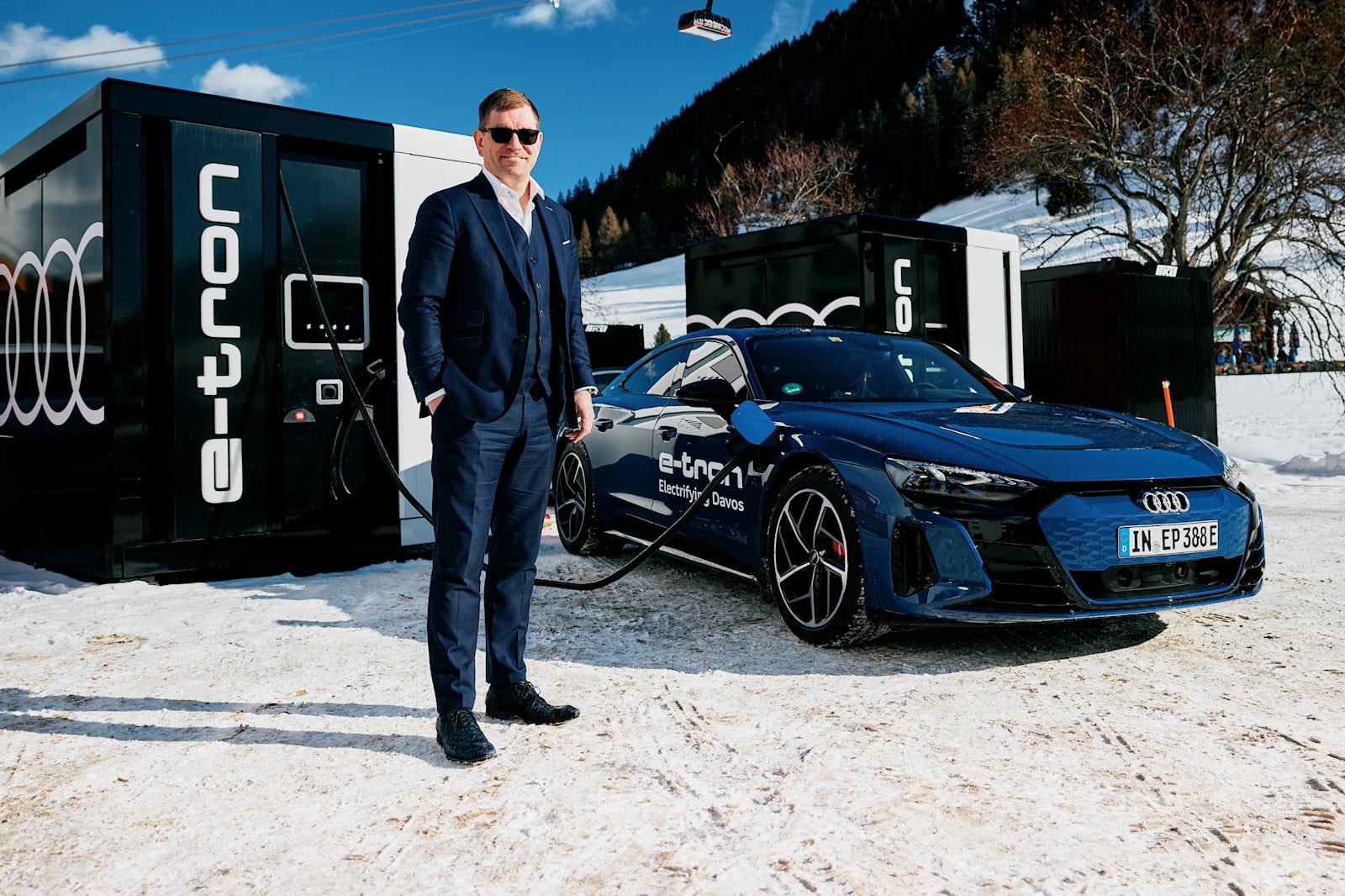Incat Tasmania, an Australian ferry manufacturer, is working on a revolutionary new vessel for South American firm Buquebús. The 130-meter, lightweight ferry, capable of carrying 2100 passengers and 210 vehicles, was originally set to be powered by Liquified Natural Gas (LNG), but Buquebús has now requested that Incat investigate installing a battery electric powertrain instead. The ferry is planned for use on a route between Argentina and Uruguay, spanning approximately 150 miles.
While the company recognizes that there are challenges to be overcome in creating a large-scale electric ferry, they are confident in their ability to do so. Incat CEO Robert Clifford stated, “The batteries and electric motors are being worked through with our suppliers, to ensure they can deliver the technology required in the timeframe we need them.”
In addition to technical obstacles, Incat is also considering logistics, such as how to transport the ferry from its Tasmania base to Buquebús in Buenos Aires. One solution under consideration is to temporarily fit diesel generators to power the battery during transit. If all goes according to plan, this groundbreaking zero-emission ferry could be in operation between Argentina and Uruguay as early as 2025.
“Originally, this 130-meter ferry was to be powered by Liquefied Natural Gas, but after some discussions with the client, we were asked to replace the LNG plant with a zero-emission, battery-electric solution,” the company explained in a press release.
Incat Group founder and chairman Robert Clifford explained that “the customer wants this to happen, Incat wants this to happen, and whilst there are matters to be finalized, I am extremely confident that Incat can deliver this ground-breaking ship.”
“Obviously, there will always be the need for power supply in the ports that the ship will be visiting, but we understand that this is progressing positively. The batteries and electric motors have already been confirmed by our suppliers, to ensure that they will be able to deliver the necessary technology in the time frame we need it,” Clifford went on.
“In my experience, unless we see something come in from left field, this is a done deal,” he added.

